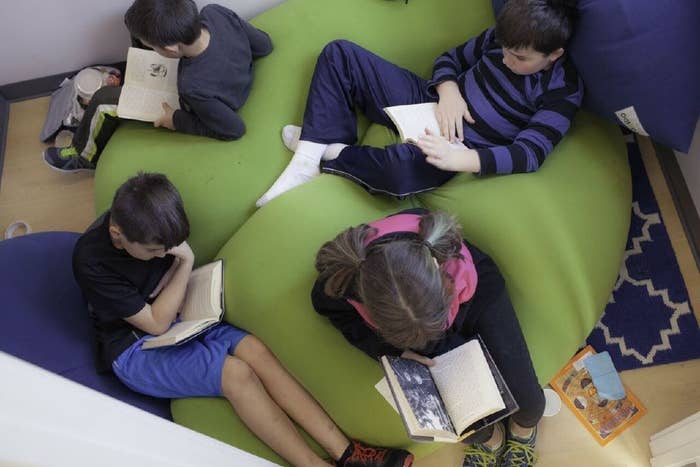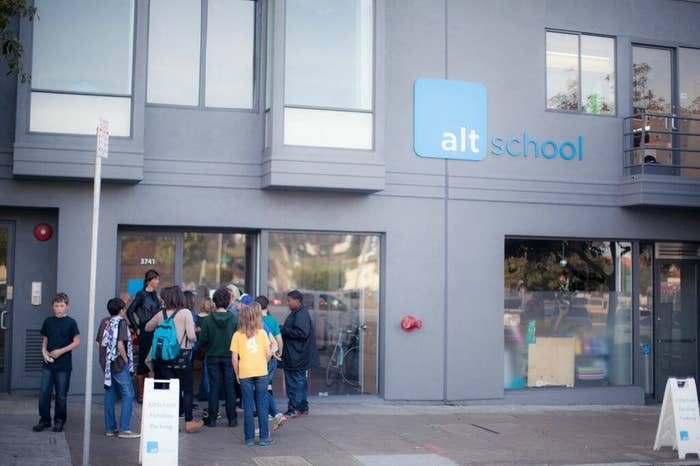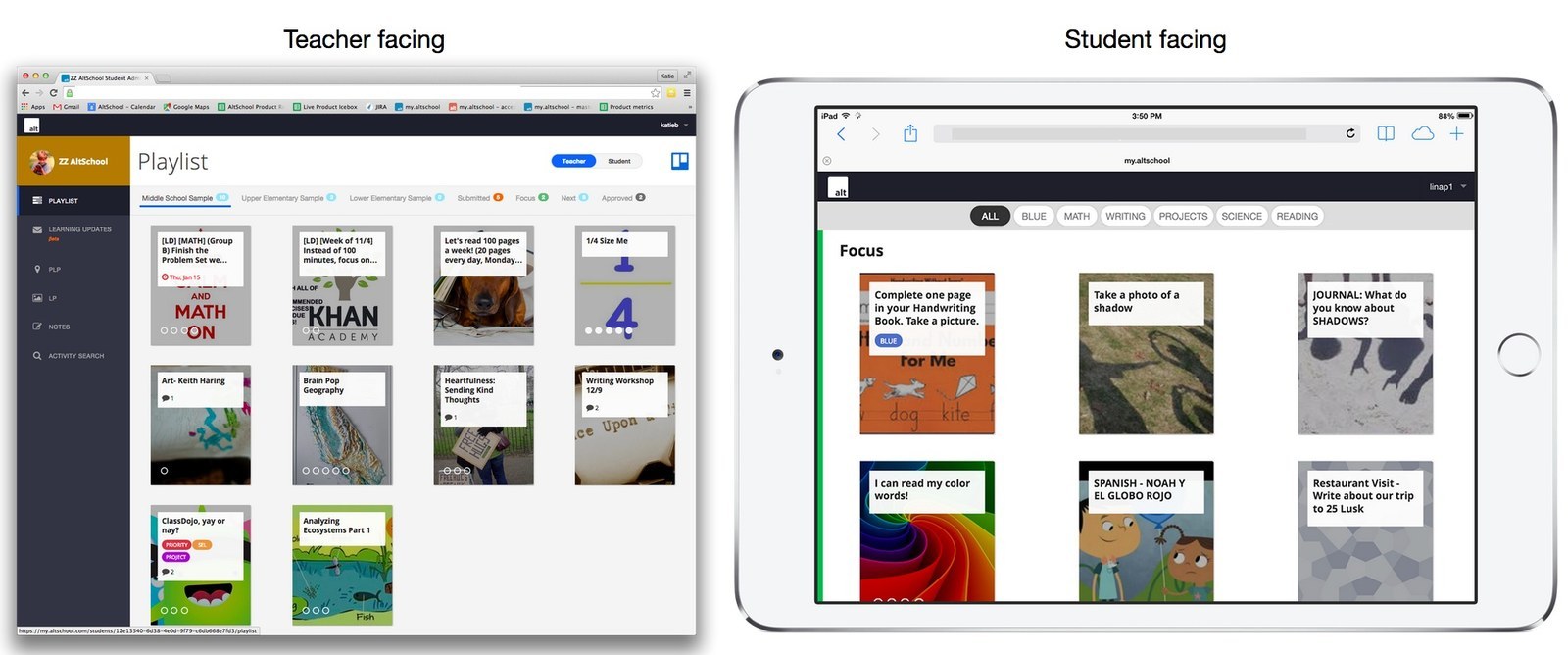
In Christie Seyfert’s classroom at AltSchool in San Francisco, 15 students in fifth through eighth grades spend their days in a “shared communal workspace” that they themselves helped design. They build go-karts and interactive art museums, write and discuss poetry, and take weekly community field trips.
Their work is guided and documented by AltSchool’s house-made technology: a “playlist” of curriculum, student work and personalized tasks accessed on iPads and Chromebooks in every classroom.
This is school as Silicon Valley envisions it, and it’s growing rapidly. AltSchool announced today that it raised $100 million in Series B funding, including $25 million in debt, with an eye towards creating a national network of “micro-schools” that combine AltSchool’s education philosophy with its tech platform. The money was raised at an undisclosed valuation.
“Our aim is to create the new model for education in the 21st century,” said Max Ventilla, AltSchool’s founder and CEO and a former executive at Google. He calls it “Montessori 2.0”: a high-tech spin on the 100-plus-year-old Montessori curriculum, which focuses on independent, self-directed learning.
The technology is at the core of the AltSchool model. It functions as a “central operating system,” a platform not just for students’ “playlists” but for larger management and organizational tasks like admissions, attendance, testing and tracking student progress, communicating with parents and ordering classroom supplies.

From a tiny group of 20 students in a “true one-room” San Francisco schoolhouse in 2011, AltSchool has grown to four locations in the Bay Area, and plans to open four more this year, expanding to Brooklyn and Palo Alto.
For now, AltSchools are private schools with hefty tuition: the Brooklyn location will set parents back $27,500 a year.
But part of the funding will go towards expanding the AltSchool model beyond upscale private schools, Ventilla said, by allowing charter and public schools to become part of the AltSchool network.
For those non-private schools, AltSchool — a for-profit company — would function essentially as a charter management organization, licensing the company’s technology and handling day-to-day operations, as well as providing guidance, such as an AltSchool-developed “heatmap” to identify neighborhoods for future schools.
Schools could also buy and use pieces of AltSchool technology in their existing models, Ventilla said.
“We’re working to have a maximal surface area for learning — a school system that’s not only scalable, but doesn’t have the traditional supply constraints, like local administrators,” Ventilla said.
AltSchool students spend part of the day moving freely among tasks, using their devices to follow high-tech “playlists” that are personalized to their learning needs; teachers assemble the daily queues for each child based on a cache of lessons and projects shared among the AltSchool network. Though work is often done off-screen, on paper or in “design studios,” students document their projects on the devices — using an iPad, for example, to photograph an art project, then put it onto their playlist for a teacher to view.
Of the company's 115 employees, 50 are devoted to the AltSchool platform, including 25 coders; with the funding, Ventilla said, it plans to hire more.

Other Silicon Valley schools have rejected technology altogether, but AltSchool works to integrate it into the classroom in a reasonable way, teachers said. Seyfert’s students, on average, spend about 30 percent of their day on their devices, she said.
“We’ve been prototyping wearables out of open components,” Ventilla said. “Initally it’s about making sure that sudents are in a radius of proximity, but ultimately, it could provide some interesting signals around the engagement of students.”
Mara Pauker is leading the opening of a new AltSchool location in the Brooklyn Heights neighborhood, one of the city's most affluent areas, which was scouted by AltSchool's real estate team. "I think of the technology as a shared repository," Pauker said. "Teachers are doing incredible work for their students, and that's all captured and then shared via the playlist. And you have engineers that are constantly in communication with teachers about the schools they've created."
Pauker came to AltSchool from the Blue School in lower Manhattan, which was originally established by the Blue Man Group.
In the smaller world of ed-tech, the $100 million funding round is especially significant: AltSchool is just the fourth ed-tech company this year to raise a six-figure sum, and in 2014, only three funding rounds topped that number.
The funding round, which includes $25 million in debt to build new schools, combines $50 million in traditional venture capital money from Andreessen Horowitz and Founders Fund with $50 million from nonprofits like Mark Zuckerberg and Priscilla Chan’s fund at the Silicon Valley Community Foundation. It raised $33 million last year in a Series A round.
